Many people would disagree with this premise. They argue that setting boundaries is more stressful than going along with something. They say that it …
Continue Reading about Reduce Stress by Setting Boundaries →
Dialectical Behavior Therapy (DBT)
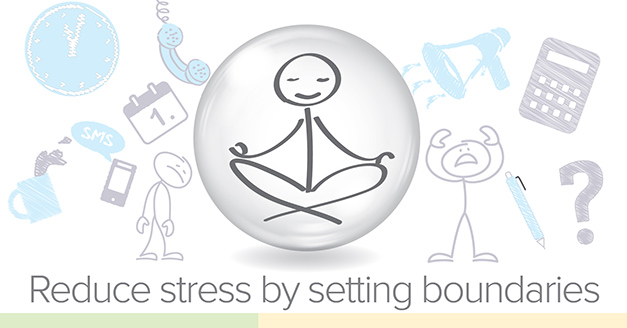
by Kim Sullivan, MFT on
Many people would disagree with this premise. They argue that setting boundaries is more stressful than going along with something. They say that it …
Continue Reading about Reduce Stress by Setting Boundaries →
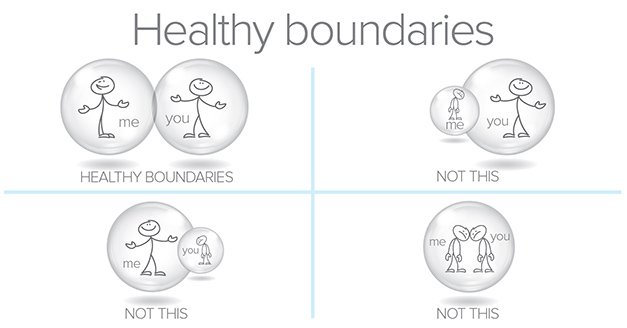
by Kim Sullivan, MFT on
Healthy people maintain healthy boundaries with others. In essence people get to decide what they will or will not do, and what they will or will not …
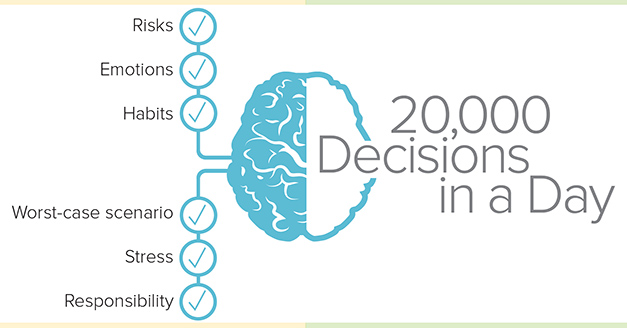
by Kim Sullivan, MFT on
We make 20,000 decisions in a day. What is the process in making decisions? As it turns out, human beings are not always rational when making choices. …
Continue Reading about You make 20,000 decisions in a day. How? →

by Kim Sullivan, MFT on
Visualize it and then reinforce it and build momentum with positive affirmations. This may sound crazy. And if you have not participated in this …
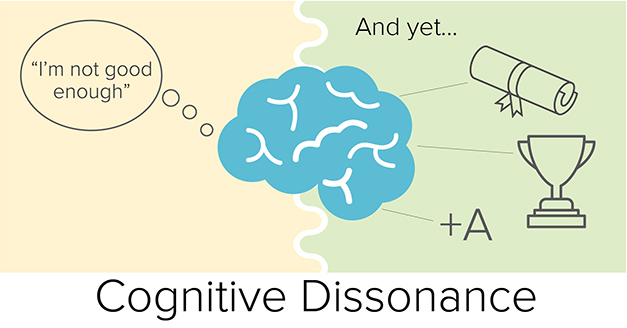
by Kim Sullivan, MFT on
It's called cognitive dissonance. It's that uncomfortable sensation when we feel out of sync or out of place. Our bodies strive for homeostasis …
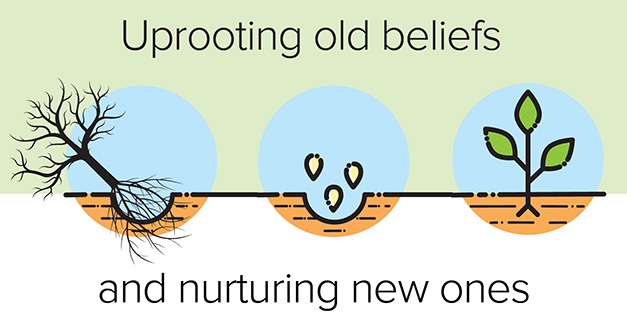
by Kim Sullivan, MFT on
"The way things are," to take a quote from "Babe," embodies the concept that we accept as truth our early experiences (and conclusions drawn from …
Continue Reading about What If That Old Belief Is Bringing Me Down? →
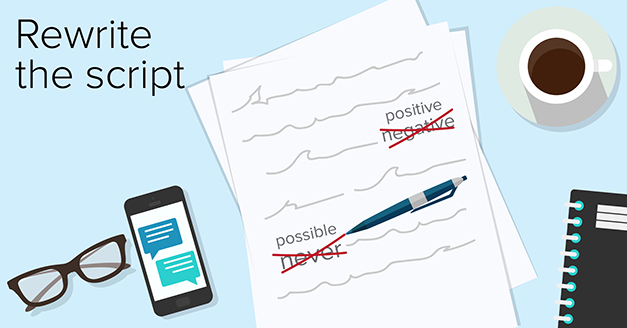
by Kim Sullivan, MFT on
The thoughts in our heads may not be true. However, we accept them as the truth. If they are negative and hurtful, there is no reason to keep them …
Continue Reading about Tools to Help You Rewrite the Script →
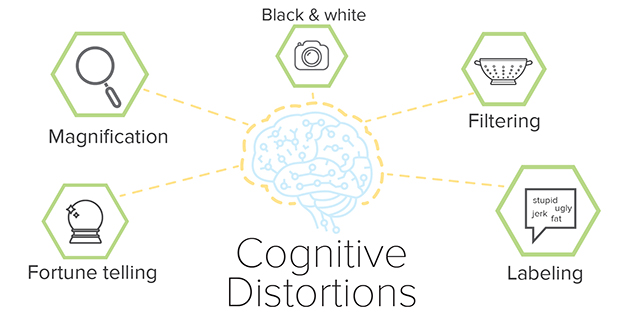
by Kim Sullivan, MFT on
Cognitive distortions, as the name implies, occur when we change or twist information from the environment to correlate with our current belief. This …
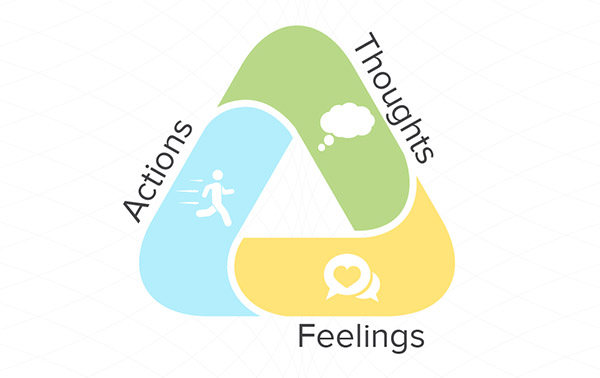
by Kim Sullivan, MFT on
Emotional regulation is a broad topic. However, there is a simple way of conceptualizing the concept. Thoughts, feelings, and behaviors all influence …
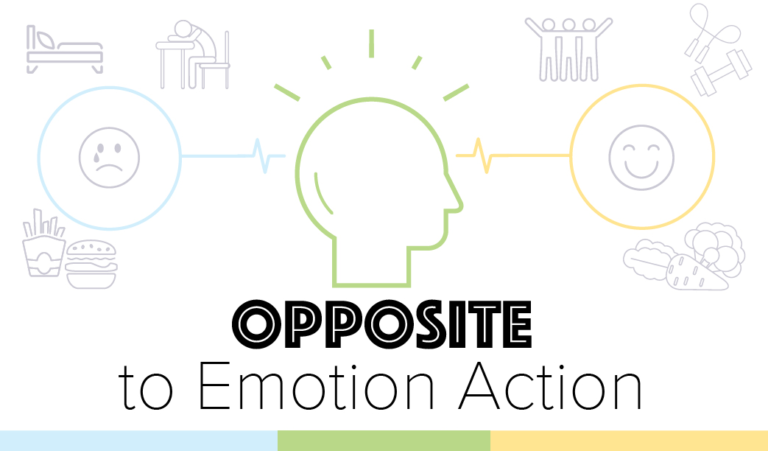
by Kim Sullivan, MFT on
It may be possible to change negative emotions to positive emotions by doing the opposite of what you feel like doing. This skill is called "Opposite …